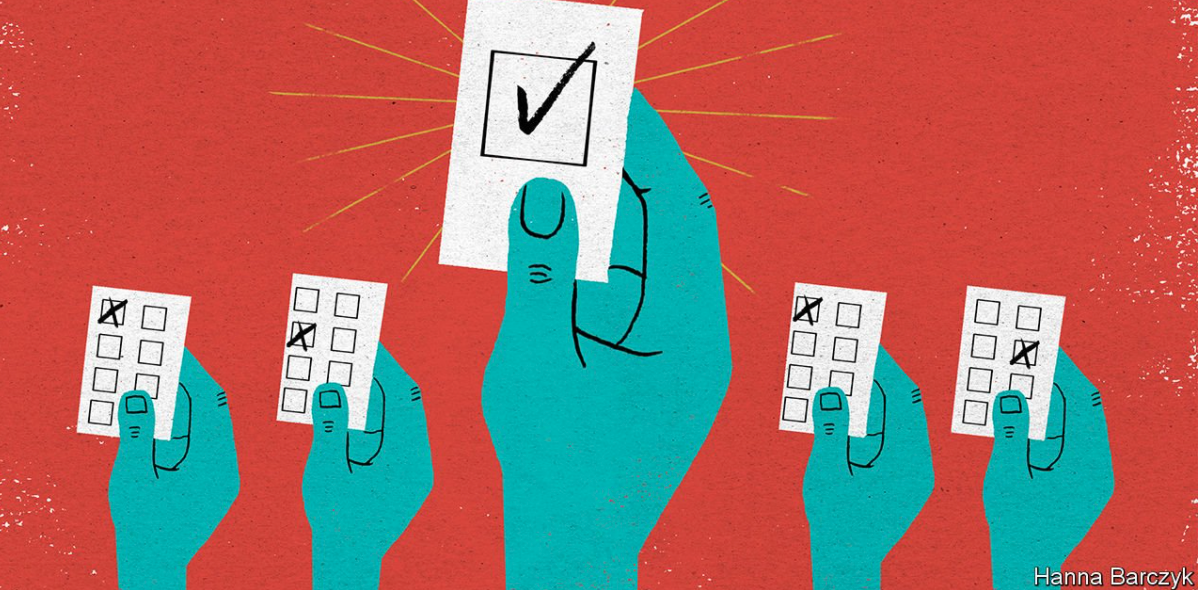Economists are used to drawing a single letter from the alphabet to define the various ways out of the profound crisis that we are currently living, one that has led to an abrupt and significant reduction in production and development of a nation, a continent or even the whole world.
From the moment the Covid-19 pandemic appeared and spread, all economic curves have practically followed the same trend. An undifferentiated collapse of all indicators. The effects of the virus have in fact hit the world economy with all their strength and the crisis that has arisen appears destined to last for a long time yet. In this context, the hoped-for subsequent recovery is still struggling to take shape and could still take different forms. In any case, certainly not the same for all countries.
The question then is what form the recovery will take and even if this recovery will actually take place. The most optimistic scenario is undoubtedly the one that is commonly summarized by the letter ‘V’: collapse of GDP but just as fast recovery. At first it was actually thought that there could be limited damage to the economy with a quick recovery in consumption, also fueled by the savings accumulated during the period of forced lockdown. An illusion that lasted very little.
Currently, the most optimistic, even following the outcome of the third wave of the pandemic, speaks of a recovery in the shape of a ‘W’, a kind of roller coaster. A dizzying decline, a first rise (supported by the GDP data for the third quarter), a new relapse (determined precisely by the restrictions following the third wave), before finally resuming the path to growth. Nevertheless, not even this representation can be said to be convincing.
At most we can hope for a U-shaped recovery. Due to the repeated blocks of production activities, growth remains at the bottom of the curve for a long time, before recovering and slowly increasing.
Nonetheless, there is one more variant. The one where the recovery takes the form of the letter ‘K’, which is something we could define as a ‘selective’ recovery. Basically, those who believe that the world economy has embarked on a K-shaped recovery path – among these, for example, JPMorgan – argue that some sectors of the economy have managed to recover from the bottom, while others are destined to roll again downwards. Just to mention some activities, online sales channels, entertainment via streaming and TV, digital platforms that allow smart working are increasing exponentially. Whereas, restaurants, hotels, tourism, cinemas and theaters continue to decline inexorably.
Those who have not particularly suffered from the anti Covid restrictions and have benefited significantly from expansive monetary and fiscal policies, have been able to undertake a path from the bottom up. On the contrary, the sectors most affected and the organizations left with fewer resources to withstand the brunt of the crisis have set out along a path that is still downhill today. Two mirror trends which, if drawn in a graph, resemble the shape of the letter K.
To the two factors mentioned above (sectors and expansionary policies), a third factor is added, namely the emergence during the recession of new technologies that led to a rapid obsolescence of previously existing ones. What Joseph Schumpeter – Austrian economist – called creative destruction.
The recovery is not, however, a game of letters of the alphabet. It is a dutiful goal that can only be achieved with measures, even painful ones, but which know how to restore trust and sacrifice today if this is necessary to guarantee tomorrow. Whoever proposes to represent us should always have this in mind.







